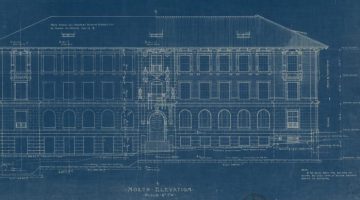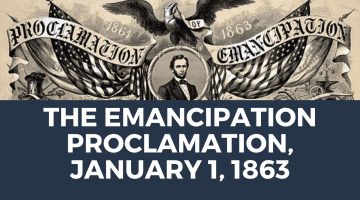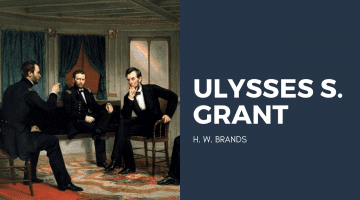L.A. City Limits: African American Los Angeles from the Great Depression to the Present by Josh Sides (2003)

For African Americans in the twentieth century, Los Angeles was a dream destination; black migrants were drawn to it (much as they were drawn to Chicago and Detroit) in search of freedom from the Jim Crow South. However, Los Angeles African Americans quickly confronted their limitations as a minority group.
Robyn Metcalfe on London’s 19th Century Meat Market

For at least a century, food markets have been disappearing from our urban landscapes. Beginning in the early 19th century, cities began to uproot food markets and place them in the suburbs or even further away. It has only been within the last two decades that fresh food is reappearing in the form of farmers markets. Why was food removed from the cities in the first place?
A Historian in Hong Kong: Living in the Future-Looking at the Past
Mary Neuburger on Tobacco & Smoking in Bulgaria

The global history of tobacco—the weed that captured the hearts, minds, and imaginations of so many in the twentieth century—has been told in splendid and enlightening detail. Historians have delved into the stark economic, political, and social implications of the production, consumption, and exchange of this commodity in various national contexts, most notably the United States.
History is Messy Work. And That’s OK.

“The Cause of Her Grief” is an article by Wendy Anne Warren that was published in the March 2007 issue of The Journal of American History. There are many reasons to like this article but more than anything else Warren’s honesty in trying to tell this story is poignant and powerful. Much of the article consists of questions. Warren is open about the gaps in our knowledge when it comes to topics like this. At the end she says, “At some point every historian decides how to frame her argument: I deliberately chose a method that makes visible gaps in my evidence.”
Kaputt by Curzio Malaparte (1944)
An Architectural History of Garrison Hall

As students and faculty members resume their classwork at Garrison Hall this semester, it is worth examining the iconic building’s colorful history and architectural conception. The first stages of Garrison’s development began in 1922 as the Board of Regents sought a new campus plan for the university.




